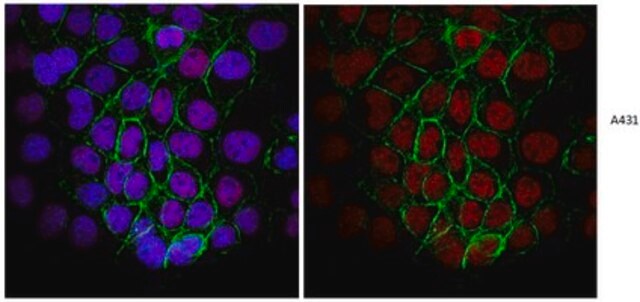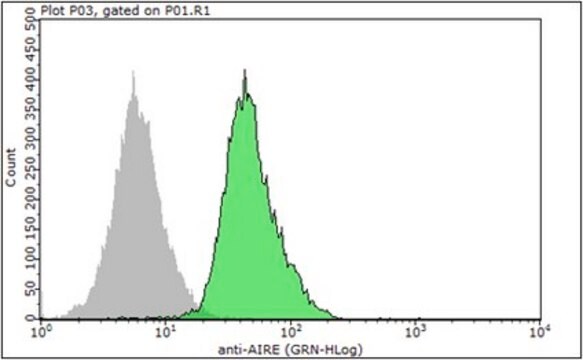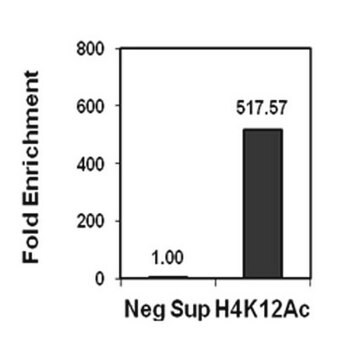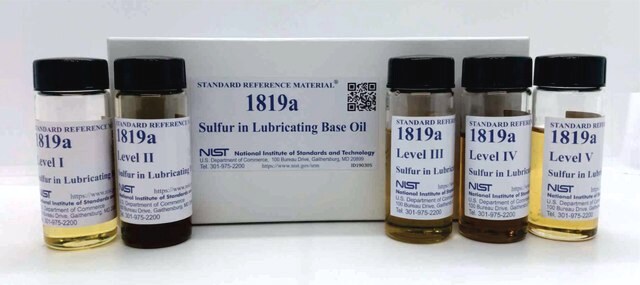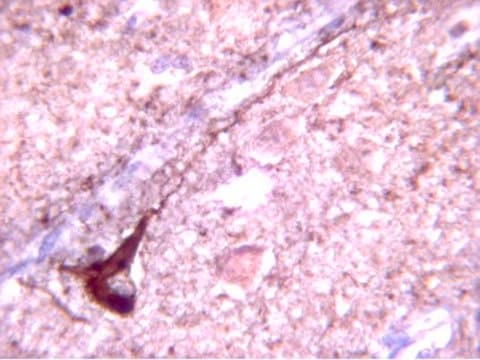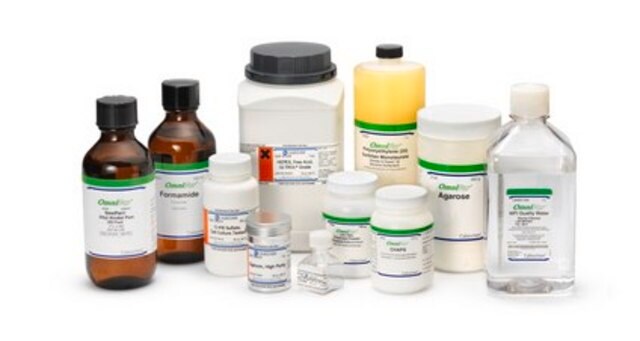04-1481
Anti-RPA2 p34 Antibody, clone RPA20 1-46
from mouse, clone RPA20, clone 1-46
Sinônimo(s):
RF-A protein 2, RP-A p32, RP-A p34, Replication factor A protein 2, replication protein A2 (32kD), replication protein A2, 32kDa, Replication protein A 32kDa subunit, RF-A, replication factor-A protein 2, p32, p34, RPA2, REPA2, RPA32.
About This Item
Produtos recomendados
fonte biológica
mouse
Nível de qualidade
forma do anticorpo
affinity isolated antibody
tipo de produto de anticorpo
primary antibodies
clone
1-46, monoclonal
RPA20, monoclonal
reatividade de espécies
human, mouse
embalagem
antibody small pack of 25 μg
técnica(s)
western blot: suitable
Isotipo
IgG1κ
nº de adesão NCBI
nº de adesão UniProt
Condições de expedição
ambient
modificação pós-traducional do alvo
unmodified
Informações sobre genes
human ... RPA2(6118)
Descrição geral
Especificidade
Imunogênio
Aplicação
Epigenetics & Nuclear Function
Cell Cycle, DNA Replication & Repair
Chromatin Biology
Qualidade
Western Blot Analysis: 0.5 µg/mL of this antibody detected RPA2 on 10 µg of HeLa cell lysate.
Descrição-alvo
forma física
Armazenamento e estabilidade
Nota de análise
HeLa cell lysate
Outras notas
Exoneração de responsabilidade
Não está encontrando o produto certo?
Experimente o nosso Ferramenta de seleção de produtos.
Certificados de análise (COA)
Busque Certificados de análise (COA) digitando o Número do Lote do produto. Os números de lote e remessa podem ser encontrados no rótulo de um produto após a palavra “Lot” ou “Batch”.
Já possui este produto?
Encontre a documentação dos produtos que você adquiriu recentemente na biblioteca de documentos.
Nossa equipe de cientistas tem experiência em todas as áreas de pesquisa, incluindo Life Sciences, ciência de materiais, síntese química, cromatografia, química analítica e muitas outras.
Entre em contato com a assistência técnica